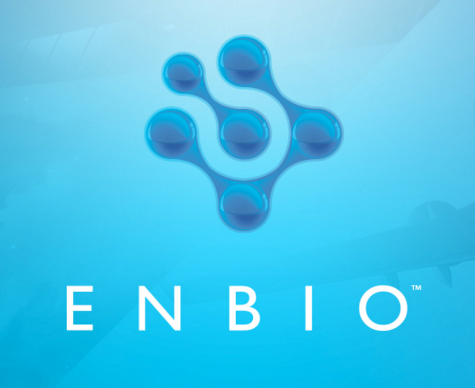InfiniteSpacefor Innovation
One of the side effects of innovation is that you don’t always know where it’s going to take you. Biomedical Engineer John O’Donoghue had been developing a functional coating material for hip implants from his base in a small industrial estate in the south of Ireland, but the medical devices sector can be very difficult to break in to. So, his decision as CEO of ENBIO to spin-in to NovaUCD, the Innovation and Technology Transfer Centre at UCD, gave him more than just space to innovate.
“Having access to the university facilities and expertise has proven pivotal, allowing ENBIO http://www.enbio.eu/ to rapidly build a tentative relationship with the European Space Agency http://www.esa.int/ESA into a major opportunity”.
Interaction with Mechanical and Materials Engineering at UCD is centred on an Open Innovation model as championed by Professor Michael Gilchrist
, Head of the UCD School of Mechanical and Materials Engineering. This allows ENBIO to match university-generated IP with its own and therefore exploit additional market opportunities.
With the support of Enterprise Ireland, ENBIO have now landed a contract with ESA that brings the operation to a whole new scale.” Ceramic additive coatings developed in conjunction with materials expert Dr Kenneth Stanton, is helping ENBIO build a secondary suite of space-ready surfaces, exploiting heretofore unmet needs that cause ESA engineers sleepless nights.
ENBIO’s patented CoBlast is the world’s first metal oxide replacement technology process for reactive metals, typically aluminium and titanium, and occurs in an ambient temperature and pressure environment. It replaces a metal’s oxide layer, with a thin surface that fuses to the underlying metal and can withstand the harshest of environments while providing a range of surface functionalities.
Heatshields for satellites such as that of the Solar Orbiter may have to withstand temperatures up to 700°C. Using the CoBlast technology, O’Donoghue can form ‘SolarBlack’ surfaces that provide more protection than the current coatings applied to the craft.
“The inspiration for our space technology comes from one of the oldest manmade materials – Bone Char used in some of the earliest cave paintings!”
The inspiration for our space technology comes from one of the oldest manmade materials – char bone, used in some of the earliest cave paintings
Having recently opened a new €1.5 million Space Technology Centre in Clonmel – O’Donoghue believes the best is yet to come. “From hip joints to satellite sunscreen coatings, the applications are endless. Wherever the reactive metals are, ENBIO will be there adding new functionalities to those metals. This truly is a global opportunity”.
Innovation at University College Dublin
As Ireland’s leader in innovation, technology transfer and commercialisation, UCD’s commitment to innovation and entrepreneurship recognises the importance of actively participating, contributing and collaborating to exploit leading-edge research and development outputs. In 2014 UCD was ranked 5th among European universities for its track record in educating successful entrepreneurs.
UCD offers the biggest start-up incubator centre and support in Ireland. Supports for innovation include NovaUCD, the centre for New Ventures and Entrepreneurs; NexusUCD, the Industry Partnership Centre; and the UCD Enterprise Gateway.
To date 30 UCD spin-out companies and 242 start-ups have been supported by NovaUCD and over €100 million in equity funding has been raised for spin-outs.
More on this in the news
Startup success from outer space to Ireland
http://irishtechnews.net/ITN3/enbio-startup-success-from-outer-space-to-ireland/
€1.5 million Space Technology Centre in Clonmel
